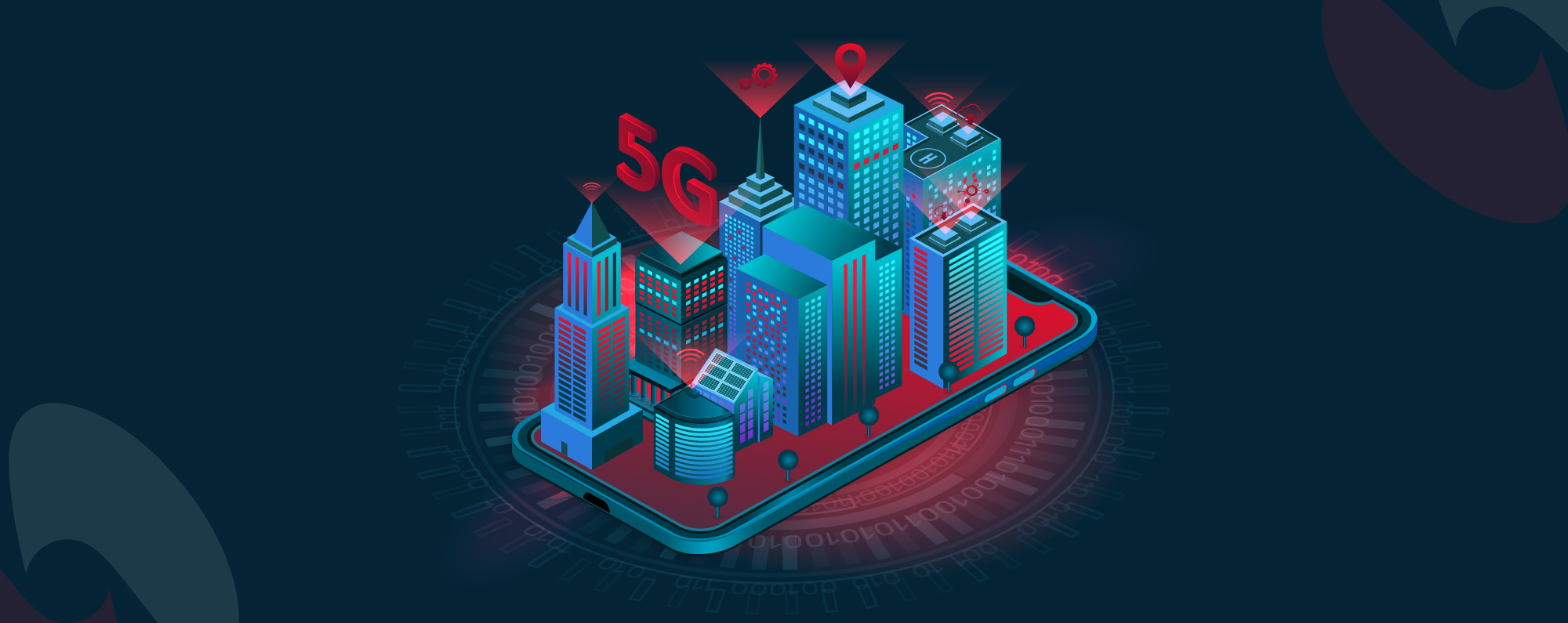Unlocking the Full Potential of 5G: Beyond Faster Mobile Internet
While 5G is often portrayed as the next evolution in mobile technology, it’s crucial to recognize that it represents more than just faster smartphone connectivity. Dr. Christoph Dietzel, Global Head of Products and Research at DE-CIX, a prominent operator of Internet Exchanges worldwide, emphasizes the extensive capabilities of 5G, heralding a future filled with exciting possibilities beyond our current comprehension.
A Comprehensive Technology Stack
5G isn’t simply an incremental upgrade in mobile connectivity; it’s an intricate technology stack that combines various standards and features across multiple layers. It encompasses improving mobile broadband, enhancing machine-to-machine communication (Massive MIMO), and enabling ultra-reliable low-latency communications (uRLLC) for time-sensitive applications. Its performance capabilities are unprecedented: 5G can support up to one million devices per square kilometre, offering data transfer rates of up to 20 Gbit/s and latency as low as one millisecond, making it ideal for critical use cases, including modern healthcare services in connected ambulances.
Bridging Industries and Infrastructure
The influence of 5G extends far beyond personal mobile devices. It finds its strength in industries, urban infrastructure, and the transportation sector. Its wireless technology enables a greater number of connected sensors in confined areas compared to wired alternatives or standard Wi-Fi. This is particularly advantageous for Industry 4.0 and smart factories, where machines, robots, and autonomous vehicles can leverage high-performance wireless connectivity, even within factory operators’ private networks, guaranteeing data sovereignty and security.
5G’s presence will be felt on highways, forming the basis for secure navigation and communication between autonomous vehicles, which come with stringent requirements for passenger safety and low latency. However, it’s important to remember that data transfer can’t exceed the speed of light, so data processing and exchange must move closer to the end user. This necessitates numerous 5G antennas and a denser network of interconnected data centres.
When transitioning from highways to smart cities, 5G continues to play a pivotal role. Self-driving vehicles must navigate and communicate with various systems and infrastructure. For this to work efficiently, a plethora of infrastructures needs to be interconnected, including traffic control systems, lighting, electricity grids, and water mains, extending to smart homes, promising residents a higher level of comfort and convenience.
Moreover, 5G offers applications that reach into construction sites, where real-time 3-D models continuously updated to reflect construction progress enhance planning and control. In agriculture, soil sensors transmit data to farmers for more precise crop management, with autonomous machines connected via 5G capable of tilling the land.
Unveiling the True Potential of 5G
To fully realize the potential of 5G, it’s essential to focus on constructing the necessary infrastructure. This involves deploying antennas, fiber optic backhauls, decentralized data centres, and connecting different networks through local Internet Exchanges. It’s vital to understand that 5G is not static; it will evolve in the coming years, unlocking even more potential for various use cases. In the world of 5G, it’s about more than streaming high-definition videos; it’s about building a technological ecosystem that can accommodate these transformative possibilities.



